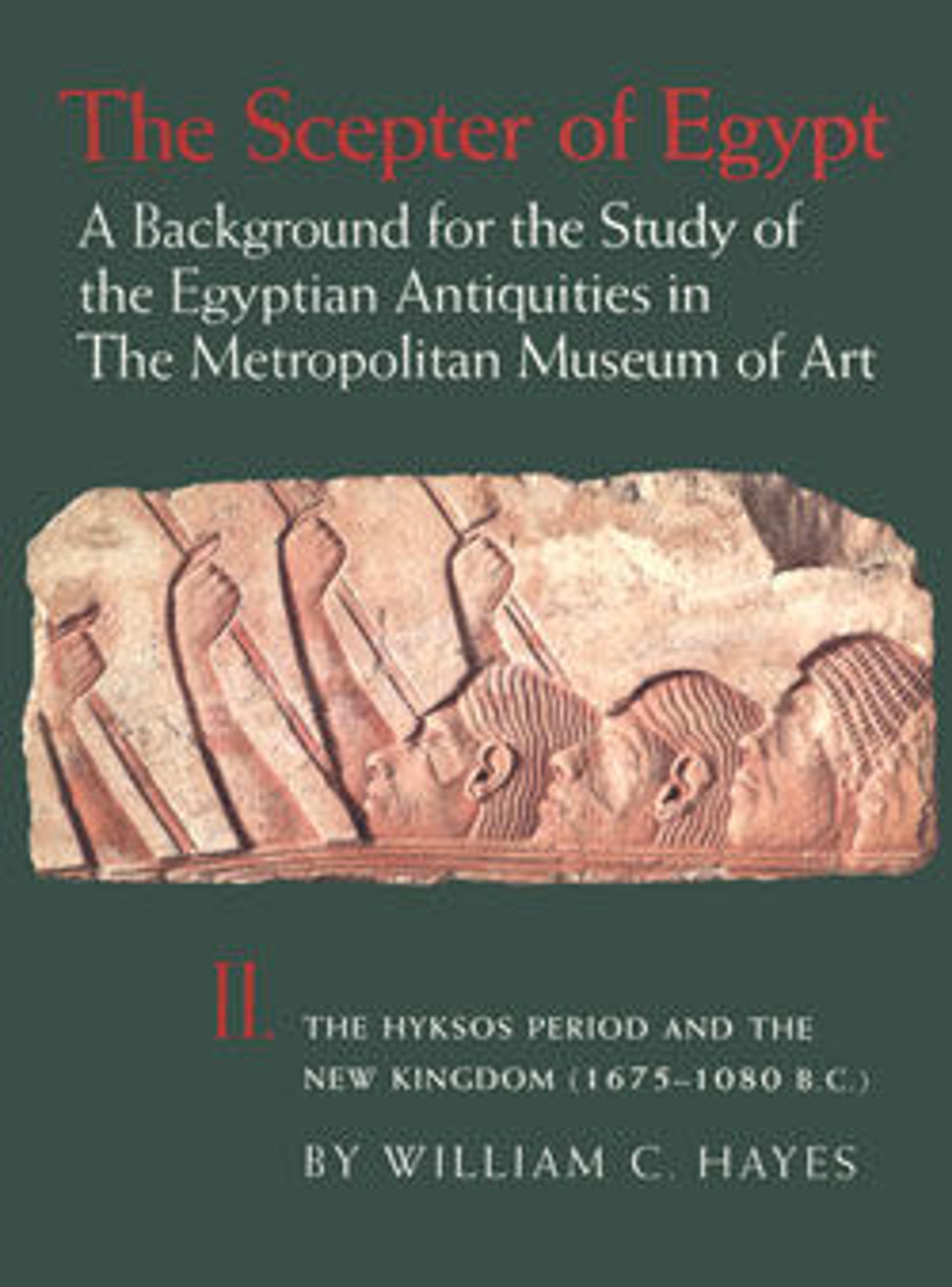Standing figure of Amenhotep III
The portly profile of the king identifies this as a work from late in the reign of Amenhotep III. The back pillar is in the form of a djed-pillar, a hieroglyph symbolizing stability. The inscriptions associate the king with the Theban god Amun-Re and it has been suggested that this statuette was dedicated as part of Amenhotep's third Heb-Sed, a rejuvenation ceremony celebrated in year 37 of his reign.
The king wears a shawl draped over his left arm and a fringed tunic beneath. Innovatively, the sleevelike piece of the tunic that hangs over the right arm has been pleated. This detail represents the beginning of a trend that would become universally accepted during the reign of Akhenaten (ca. 1349–1332 B.C.) and continue long after.
The king wears a shawl draped over his left arm and a fringed tunic beneath. Innovatively, the sleevelike piece of the tunic that hangs over the right arm has been pleated. This detail represents the beginning of a trend that would become universally accepted during the reign of Akhenaten (ca. 1349–1332 B.C.) and continue long after.
Artwork Details
- Title:Standing figure of Amenhotep III
- Period:New Kingdom
- Dynasty:Dynasty 18
- Reign:reign of Amenhotep III
- Date:ca. 1390–1352 B.C.
- Geography:From Egypt
- Medium:Chlorite schist
- Dimensions:H. 22.2 (8 3/4 in.n); W. 8.6 (3 3/8 in.); D. 10.6 cm (4 3/16 in.)
- Credit Line:Theodore M. Davis Collection, Bequest of Theodore M. Davis, 1915
- Object Number:30.8.74
- Curatorial Department: Egyptian Art
More Artwork
Research Resources
The Met provides unparalleled resources for research and welcomes an international community of students and scholars. The Met's Open Access API is where creators and researchers can connect to the The Met collection. Open Access data and public domain images are available for unrestricted commercial and noncommercial use without permission or fee.
To request images under copyright and other restrictions, please use this Image Request form.
Feedback
We continue to research and examine historical and cultural context for objects in The Met collection. If you have comments or questions about this object record, please contact us using the form below. The Museum looks forward to receiving your comments.
